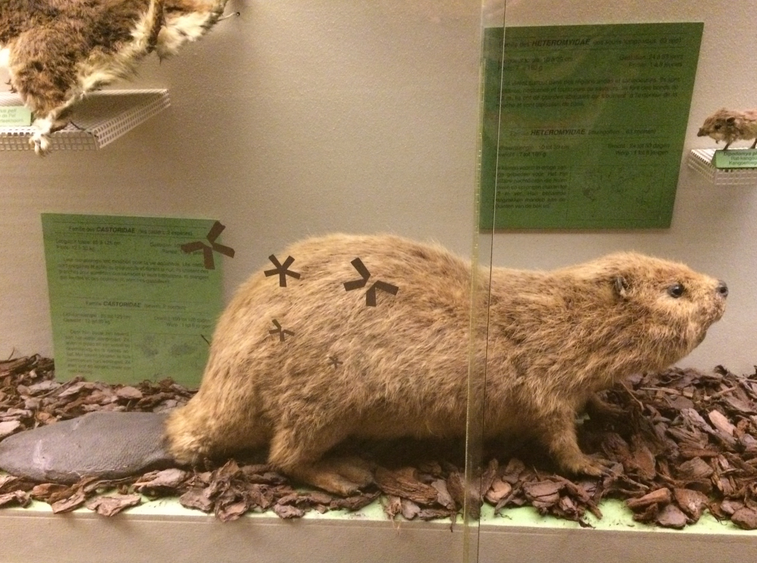Roosevelt african hall
羅斯福非洲館
Akeley's second expedition to Africa was made in 1905, when he collected the elephants for The Fighting Bulls,
阿克利第二次前往非洲是1905年,當時他為“戰斗公牛”展收集大象,
now perhaps the outstanding group in the Stanley Field Hall of the Field Museum in Chicago.
如今它或許已成為了芝加哥菲爾德博物館斯坦利·菲爾茨館的經典展品。
In 1909 Akeley made his third expedition to Africa, this time for the American Museum of Natural History in New York City.
1909年,阿克利第三次前往非洲,這次是為紐約的美國自然史博物館。
Among other things, he collected the animals for the statuesque group of African elephants
除了收集其它動物以外,他為高挑的非洲大象展品收集動物,
to be placed in the African Hall of the American Museum.
這些標本將擺放在美國博物館的非洲館。
They now stand where they were mounted, awaiting the completion of Akeley's dream, which was the construction of African Hall,
他們都擺放在正確的位置,等待阿克利實現自己的夢想,那就是建造非洲館,

proposed by Akeley as a monument to his great friend, our naturalist president, Theodore Roosevelt.
這一想法來源于阿克利,他是為了紀念自然主義者,總統西奧多·羅斯福。
In fact, the cow elephant of the group was collected by Roosevelt and the calf by his son Kermit, when they were hunting with Akeley.
事實上,作品中的小象是羅斯福收集的,小牛犢是他的兒子科密特收集的,當時阿克利與他們一起打獵。
It was on this expedition that Akeley planned more fully his dream of African Hall.
也就是在這次非洲之行上,阿克利詳細計劃了建造非洲館的夢想。
On the main floor, the outstanding feature is to be the great elephant group which Akeley called The Alarm.
在主層,最吸引人的一定是大象標本,阿克利將其稱之為“警報”。
Since the elephant is the largest land animal now living and is a fine example of wild animal life in Africa,
因為大象是體型最龐大的陸地動物,也是非洲野生動物的代表,
it is fitting that the elephant should be the outstanding animal in this hall.
讓大象成為館中之王是最適合的。
There will also be a family group of the black rhino and a similar group of the square-lipped or white rhino.
展品還包括黑犀牛的家族標本,以及與它非常相近的白犀牛。
At the sides of these will be three large bronze figures of native lion-spearmen.
在這些展品的旁邊會有三個巨型銅制人像,他們是當地的獵獅槍兵。
These groups will last forever without the protection of glass cases.
這些標本無需玻璃罩保護就可以永存。











